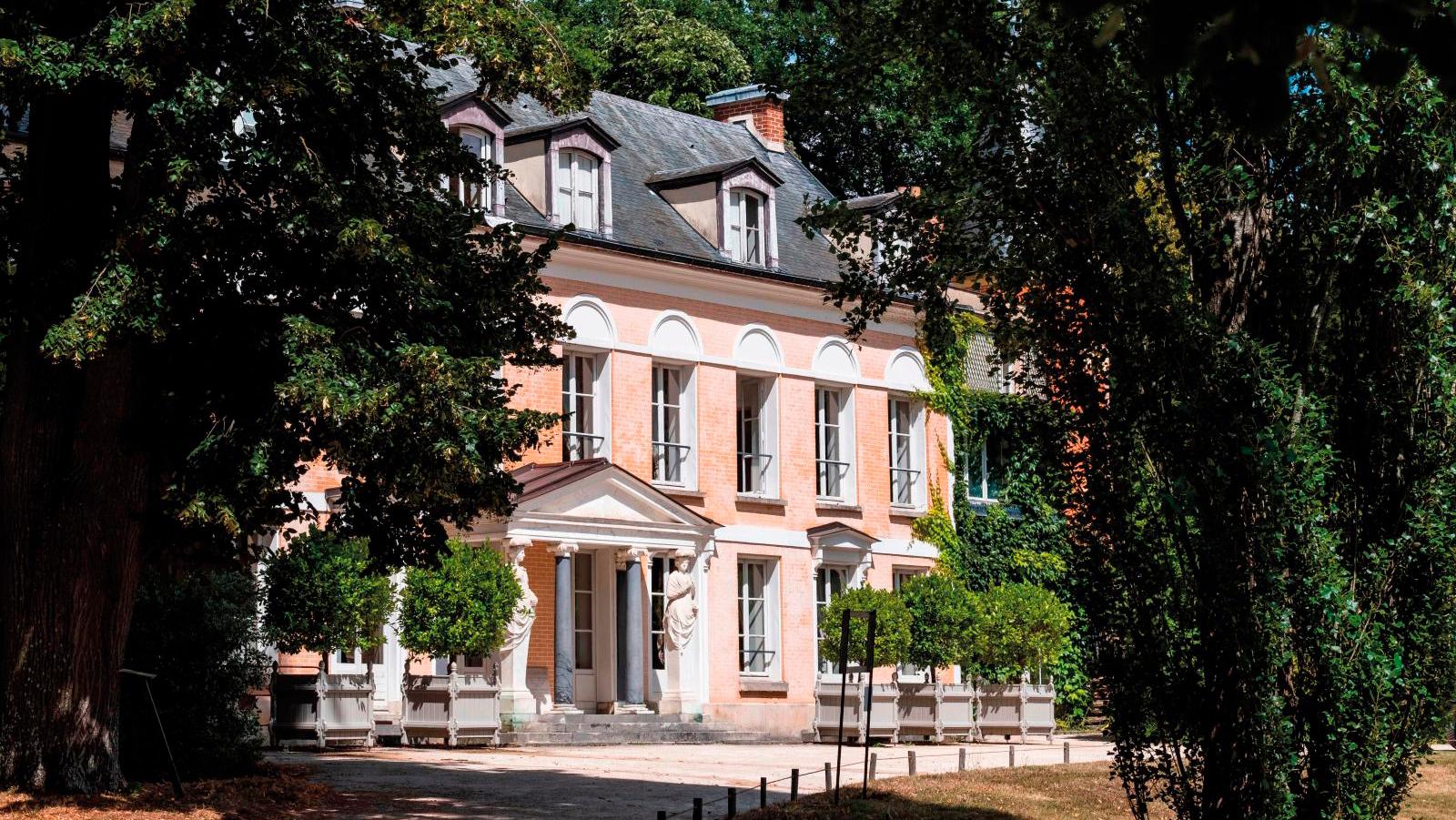The writer lived in La Vallée-aux-Loups from 1807 to 1817. Two centuries later, the garden and the house (meticulously refurnished in period style) are as charming as ever. A trip a few miles from Paris promises a romantic interlude...
On July 4, 1807, back from a journey to the Orient, François-René de Chateaubriand (1768-1848) published an article in Le Mercure de France comparing Napoleon I to Nero. This offended the Emperor, who forced him to leave Paris. The writer had been planning to do so for several years, longing for a quiet life away from the hustle and bustle of the city and a troubled political career. In August, he bought La Vallée-aux-Loups, a property in the heart of the Val d'Aulnay, and moved there in the Fall. "The repairs to my thatched cottage were lagging, so I decided to go and supervise them. We reached La Vallée in the evening. We did not take the usual route but entered through the gate at the end of the garden. The rain-soaked earth in the alleys prevented the horses from advancing, and the carriage overturned." This is how the viscount described his arrival by carriage, in November 1807, through the bottom of the property instead of the current entrance. When he bought it, the building had little of the bourgeois country house it later became but was just a shack built in 1783 for the brewer André-Arnoult Aclocque. Flanked by a…
com.dsi.gazette.Article : 40316
This article is for subscribers only
You still have 85% left to read.
